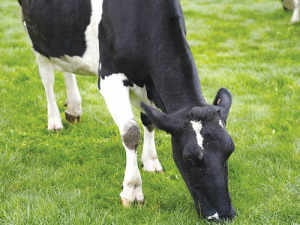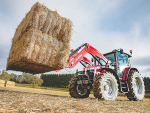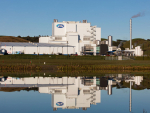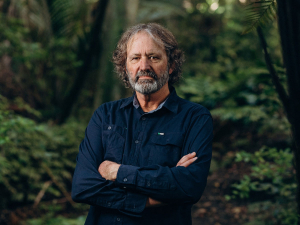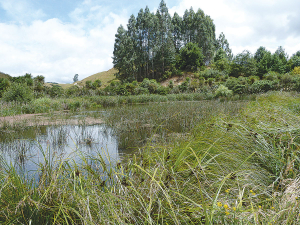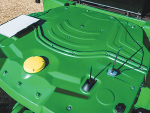To understand this, it is important to understand the process of how urea ends up in milk.
The cow ingests feed containing ‘Rumen Degradable Protein’ (RDP) that is broken down by the rumen microbes.
From fermentation of RDP by the rumen bugs two ‘by-products’ are produced ammonia gas and growth of more microbes (protein from feed is incorporated into the microbes and is known as ‘Microbial Protein’(MCP)). Healthy high producing cows are the result of producing more MCP and less ammonia gas out of their RDP intake.
The relative proportion of ammonia produced versus growth of more microbes depends largely on the availability of energy to microbes in the form of starch and sugar. This is because the rumen microbes need a readily available source of energy to multiply. This is similar to the supply of raw materials (protein) to a building site (the rumen) and having sufficient wages (energy) to pay the work force (rumen bugs) to build a wall (microbial protein). Insufficient wages (energy) = less active workers (rumen bugs) & more ‘wastage’ (ammonia gas). See figure 1.

Ammonia gas produced in the rumen is absorbed and transported to the liver and converted into urea. Energy and additional protein is required to do this and can contribute to excessive weight loss seen post calving (similar to the Atkins diet).
Urea is removed by the kidneys and leaves the body as urine. This contributes to ‘leeching’ of nitrogen into the environment.
Urea levels build in the blood when rate of production exceeds the rate of removal by the kidneys which ultimately ends up in the milk.
Therefore MUN levels rise when RDP increases without adequate increases in starch and sugar;
This is often the case when cows grazing areas are increased and starch/ sugars are absent or limited (all grass systems);
Often levels exceed 40 mg/dL.
MUN tends to be lower when either there is insufficient protein or an abundant supply of starch/sugars in the diet.
In summary, this means MUN can be manipulated by changing the nutrient profile of the cows’ diet. Being aware of this and making good decisions to balance RDP and sugar/starch components in the diet will mean more milk, less weight loss and less nitrogen leeching into the environment = win, win, win!
For further advice contact your feed representative, nutritionist or veterinarian.
• Greg Jarratt is a vet and director of Matamata Veterinary Services
This article is brought to you by J. Swap Stockfoods.

